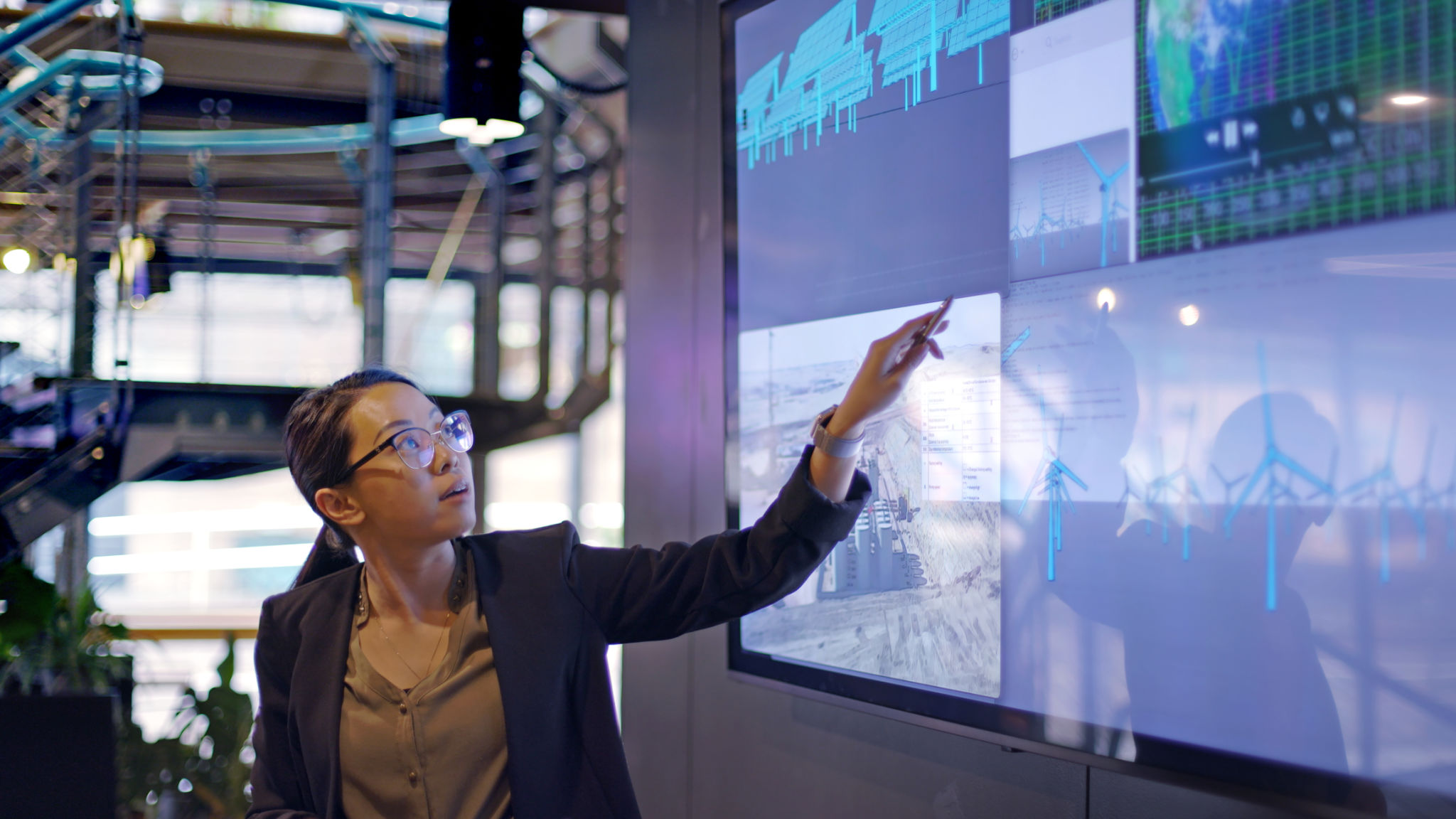Top 5 Trends in Immersive Virtual Reality Technology
Introduction to Immersive Virtual Reality Trends
Immersive Virtual Reality (VR) is continuously evolving, offering exciting new ways to experience digital worlds. With advancements in technology, VR is becoming more accessible and versatile, paving the way for innovative applications across various industries. Here are the top five trends shaping the future of immersive VR technology.
Trend 1: Enhanced Realism
The pursuit of hyper-realistic environments is at the forefront of VR technology. Developers are leveraging high-resolution displays and advanced graphics processing to create more lifelike visuals. This trend is evident in the next generation of VR headsets, which feature improved field of view and higher refresh rates, offering users an experience that closely mimics reality.

Trend 2: Haptic Feedback Evolution
Haptic feedback technology is revolutionizing the way users interact with virtual environments. By incorporating tactile sensations, VR can simulate textures, vibrations, and even temperature changes. This advancement enhances user immersion and is particularly beneficial in sectors like gaming, training, and healthcare, where tactile interaction can significantly impact user experience.
Applications in Training and Simulation
Industries are increasingly adopting haptic feedback for training purposes. For instance, medical professionals can practice procedures in a controlled virtual environment, gaining hands-on experience without any risks. Similarly, military and aviation sectors utilize this technology for realistic simulations.
Trend 3: Social VR Experiences
The integration of social elements into VR platforms is transforming how people connect and interact virtually. Social VR allows users to meet, collaborate, and engage with others in shared digital spaces, fostering a sense of community. As these platforms grow, they offer unique opportunities for social interaction, entertainment, and education.

The Rise of Virtual Events
With the increasing popularity of virtual events, social VR is becoming a key facilitator. Conferences, concerts, and exhibitions are being hosted in virtual spaces, providing attendees with an interactive and immersive experience that rivals physical events.
Trend 4: Wireless and Portable VR
The shift towards wireless and portable VR solutions is making the technology more user-friendly and accessible. By eliminating cumbersome cables, users can enjoy greater freedom of movement, leading to more engaging experiences. Portable VR headsets are also becoming more affordable, expanding their reach to a broader audience.
Impact on Gaming and Entertainment
In the gaming industry, wireless VR systems allow players to move freely within their physical space without constraints. This freedom enhances gameplay by enabling more dynamic interactions and movements.

Trend 5: Cross-Platform Integration
The future of VR lies in its ability to integrate seamlessly with other technologies. Cross-platform compatibility is becoming a priority for developers aiming to create cohesive experiences across different devices. This integration includes compatibility with augmented reality (AR), artificial intelligence (AI), and the Internet of Things (IoT).
Creating Holistic Experiences
By combining VR with AR and AI, developers can create more holistic and interactive experiences. For example, AR overlays can enhance real-world environments while AI can provide personalized content recommendations, tailoring experiences to individual preferences.
Conclusion
The landscape of immersive virtual reality technology is rapidly changing, driven by these exciting trends. As VR continues to evolve, it promises to reshape how we interact with digital content and each other. Whether through enhanced realism or innovative social experiences, VR is set to become an integral part of our digital future.
